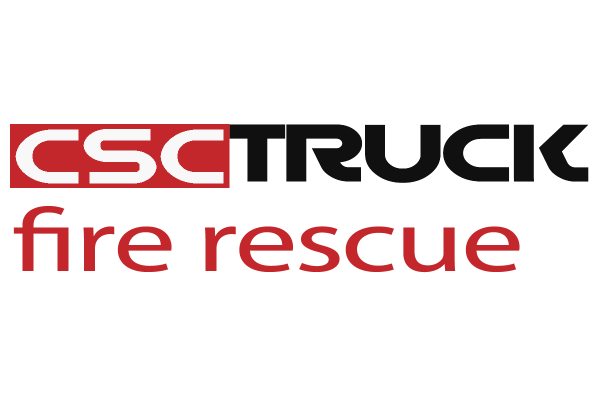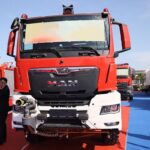When working at heights, safety and efficiency are paramount. Various types of aerial equipment are available to help workers reach elevated areas. 2 commonly used pieces of equipment are aerial platforms and aerial ladders. While both serve the purpose of providing access to high areas, they have distinct designs, functionalities, and applications. Understanding the differences between these 2 types of aerial equipment is crucial for selecting the right one for specific tasks.
1. Definition and Basic Concept
Aerial Platform
An aerial platform, also known as a mobile elevated work platform (MEWP), is a mechanical device designed to lift workers and materials to elevated work sites. These platforms are equipped with a boom, scissor lift, or articulating arm that extends upward and sometimes outward. They provide a stable working area with guardrails and are commonly used in construction, maintenance, and utility work.
Aerial Ladder
An aerial ladder often mounted on a fire truck or specialized vehicle, is a telescoping or articulating ladder designed for reaching high places quickly. Unlike aerial platforms, aerial ladders usually do not have a fully enclosed working platform. They are commonly used in firefighting, emergency rescue operations, and certain industrial applications.
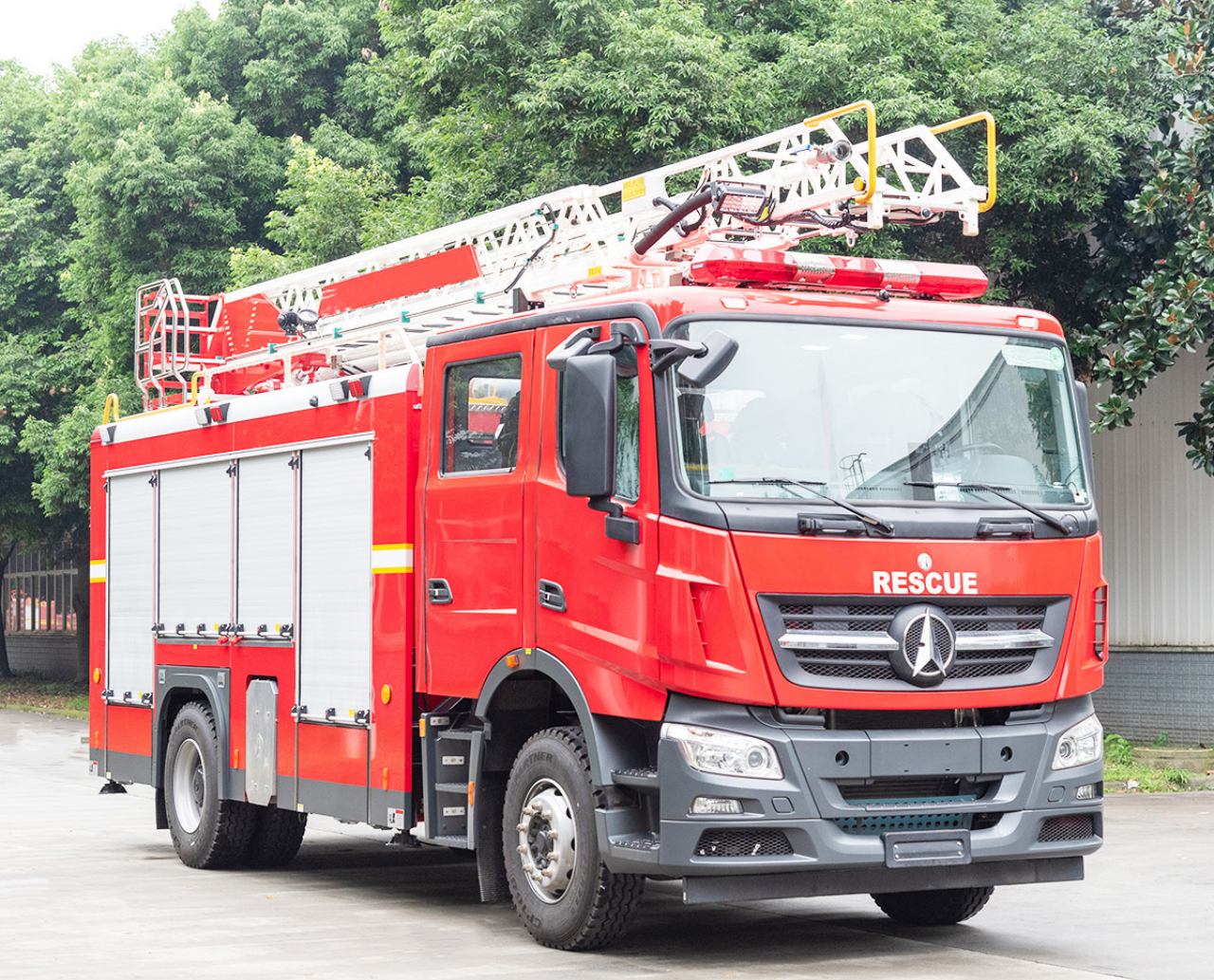
2. Design and Structure
Aerial Platform Design
Aerial platforms are available in different types based on their lifting mechanism:
- Scissor Lifts: Feature crisscrossing metal supports that lift the platform vertically.
- Boom Lifts: Include telescopic or articulating booms that provide greater reach and flexibility.
- Truck-Mounted Platforms: Installed on vehicles for mobility, often used for utility line maintenance.
- Self-Propelled Platforms: Equipped with wheels or tracks for easy maneuverability.
These platforms typically include safety harness attachment points, guardrails, and stabilizers for enhanced security.
Aerial Ladder Design
Aerial ladders generally consist of:
- A telescoping or articulating ladder mounted on a truck.
- A turntable base that allows rotation.
- A water pump or hose attachment (in firefighting applications).
- Stabilizers or outriggers to ensure stability during operation.
Unlike aerial platforms, aerial ladders do not have a fully enclosed basket or work area. Instead, workers climb the ladder to perform tasks or use it as an access point for rescues and firefighting.
3. Primary Uses and Applications
Aerial Platform Applications
Aerial platforms are widely used in industries that require precise positioning, safety, and stability at heights. Common applications include:
- Construction: Installing steel structures, roofing, painting, and window installation.
- Utilities and Telecommunications: Maintenance of electrical lines, streetlights, and communication towers.
- Tree Trimming and Landscaping: Accessing tall trees safely.
- Industrial Maintenance: Repairing warehouse ceilings, HVAC systems, and signage installation.
Aerial Ladder Applications
Aerial ladders are most commonly associated with firefighting and rescue operations but also serve other industries. Applications include:
- Firefighting: Reaching upper floors of burning buildings and deploying water streams from elevated positions.
- Rescue Operations: Assisting trapped individuals in high-rise buildings.
- Industrial Maintenance: Some industrial facilities use aerial ladders for inspections and maintenance at height.
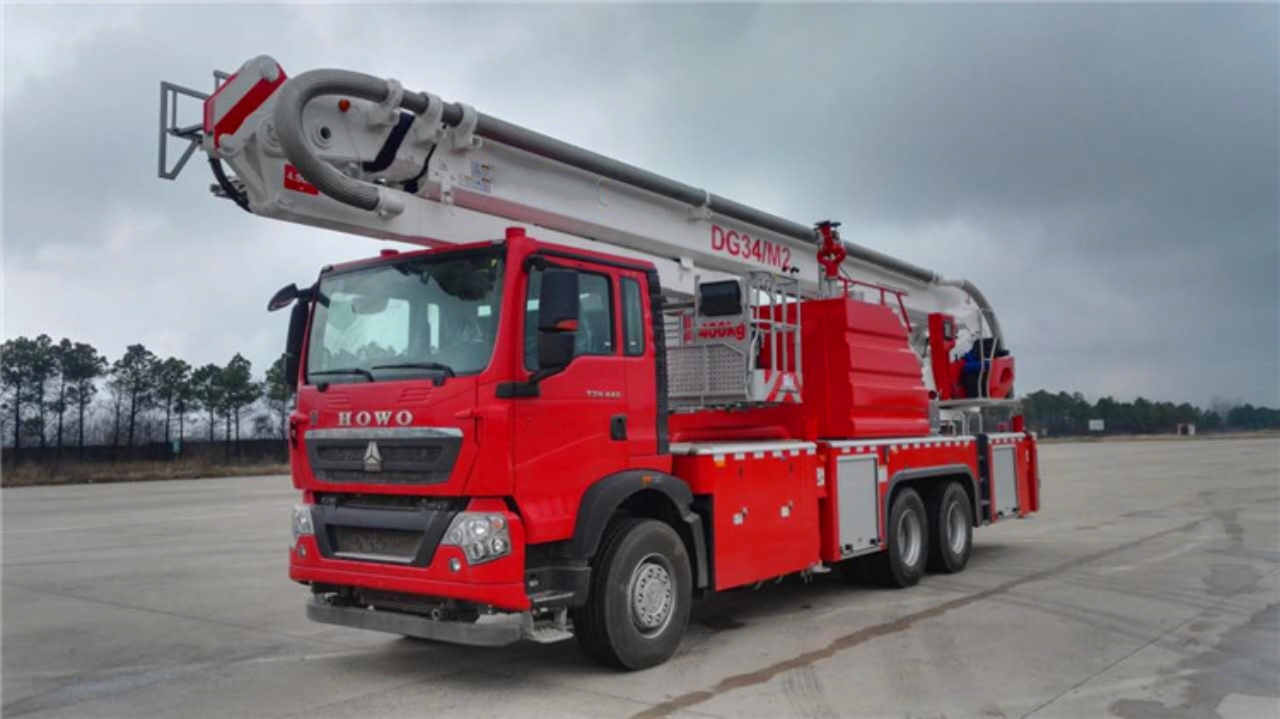
4. Mobility and Reach
Aerial Platform Mobility and Reach
- Boom lifts and scissor lifts offer different height capacities, with some extending beyond 100 feet.
- Truck-mounted platforms can travel to various locations but may require setup time.
- Self-propelled platforms provide better maneuverability in construction sites.
- Telescopic booms allow for horizontal reach, ideal for working over obstacles.
Aerial Ladder Mobility and Reach
- Aerial ladders are typically mounted on fire trucks or ladder trucks, making them highly mobile.
- The reach of aerial ladders depends on their design, with some extending up to 135 feet.
- Limited horizontal reach as the ladder primarily extends in a straight line.
5. Safety Considerations
Aerial Platform Safety Features
Aerial platforms are designed with multiple safety mechanisms to protect workers:
- Guardrails and Toe Boards: Prevent falls.
- Harness and Lanyard Attachment Points: Required for fall protection.
- Stabilizers and Outriggers: Ensure a steady base.
- Emergency Descent System: Allows controlled lowering in case of power failure.
Aerial Ladder Safety Features
Aerial ladders have different safety considerations due to their design:
- Secured Climbing Mechanism: Workers must use proper techniques when climbing.
- Outriggers and Jacks: Provide stability when extended.
- Water Spray Nozzles (Firefighting Use): Allow operation from a safe distance.
- Anti-Slip Rungs: Reduce the risk of slipping during use.
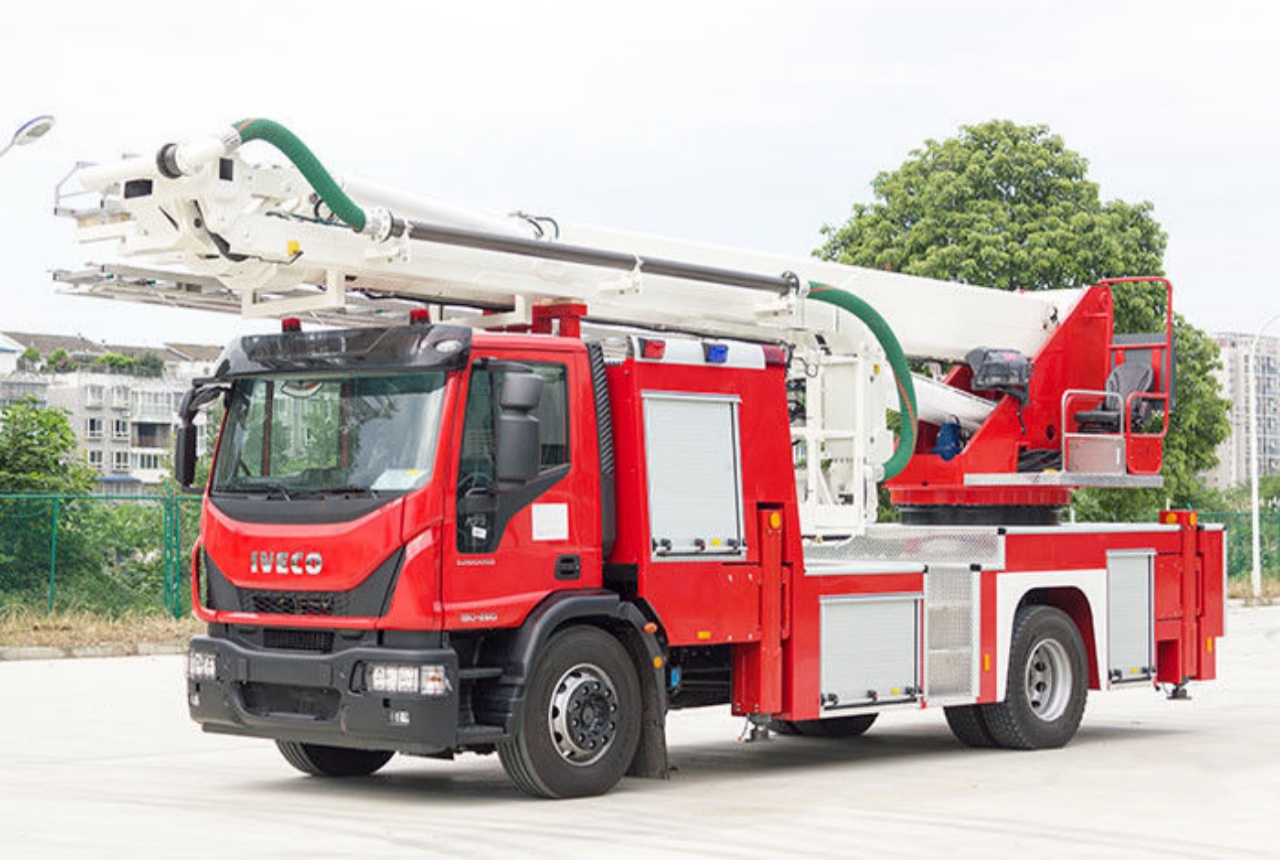
6. Pros and Cons
Aerial Platform Advantages & Disadvantages
Pros:
- Provides a stable working area.
- Available in various designs for different applications.
- Offers better safety with guardrails and harness points.
- Allows for precise positioning.
Cons:
- Requires setup time and stabilization.
- May have limited mobility in rough terrains.
- Some types are costly to maintain and operate.
Aerial Ladder Advantages & Disadvantages
Pros:
- Offers quick deployment in emergencies.
- Highly mobile, especially in urban areas.
- Can reach high elevations in firefighting scenarios.
Cons:
- Lacks a fully enclosed working platform.
- Limited horizontal reach compared to boom lifts.
- Requires skilled personnel for safe operation.
7. Choosing the Right Equipment
When deciding between an aerial platform and an aerial ladder, consider the following factors:
- Nature of Work: If continuous work at height is required, an aerial platform is preferable. If quick access for emergencies is needed, an aerial ladder is the better option.
- Safety Requirements: If a secure work area is a priority, an aerial platform is more suitable.
- Mobility Needs: If rapid deployment is critical, aerial ladders provide a quicker solution.
- Height and Reach: Aerial ladders offer excellent vertical reach, while aerial platforms provide more flexibility in movement.

Conclusion
Aerial platforms and aerial ladders both serve essential roles in working at heights, but their designs and applications differ significantly. Aerial platforms are better suited for construction, maintenance, and industrial tasks where stability and precision are needed. Aerial ladders, on the other hand, are primarily used in emergency response and firefighting scenarios where rapid deployment and high reach are necessary. Understanding these differences ensures that the right equipment is chosen for the job, maximizing efficiency and safety in aerial work.
